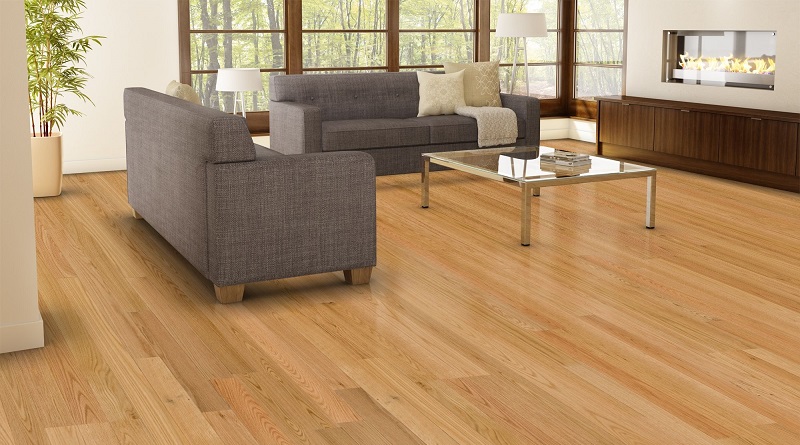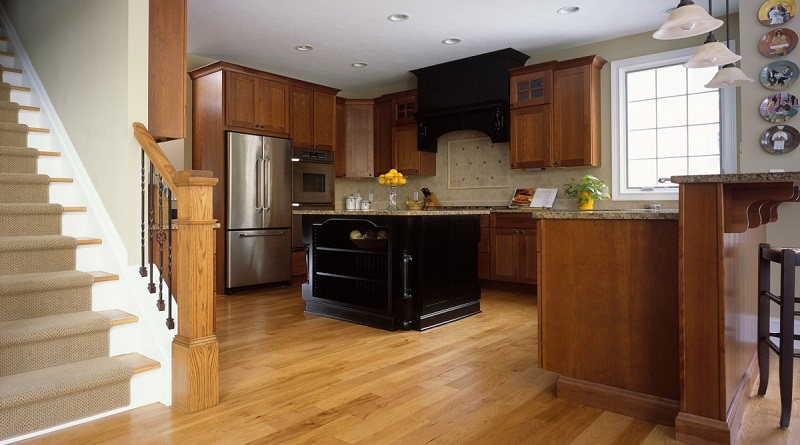Glue-down Wood Flooring – What Works Better?
There’s no point in arguing that out of all types of home flooring, nothing beats the beauty of wood. It is considered one of the most popular and most commonly used types of flooring for residential use. When it comes to its installation, there are two favoured methods you can choose from: floating and glue down and both have their pros and cons. That being said, let’s see what’s the procedure required for each one and the perks that come with either type in order for you to be able to make the right choice.
Floating Wooden Floor
Generally speaking, floating wood floors are thinner wood floor types that do not require glue or any other fastener to be installed. Instead, floating wood floor feature tongue and groove flooring sections that can interlock together without the need to be additionally fastened with something else. Thanks to their durability and ease of installation they have become one of the most commonly used types of flooring these days that can be seen mainly in homes, gyms, and dance halls. One of the main advantages of a floating wood floor is that it can be used over any type of subfloor, and you can easily place some kind of moisture barrier between the wood and the subfloor if you want to avoid dampness issues in the future. In case it expands or contracts, a floating wood floor won’t get damaged as there are no nails or glues in between. All in all, this sustainable and appealing type of flooring is the ideal for any type of use.

Glue Down Wood Floor
Just as the name implies, glue down wood floors requires a bonding agent, adhesive or glue that can be put directly on the subfloor in order to install it. Unlike floating wood floors that can be installed on any type of subfloor, the glue down ones can be placed only over concrete or wooden subfloors. If planning to install it over concrete, then making sure there is no dampness on the concrete is a must; and in case there is, a two-part epoxy damp proof membrane should be installed prior to the floor installation. The main benefit of installing wood floor this way is stability, and the main downside is that this installation is messier and you will need to wait for a while for it to dry before you can start walking on it.
All in all, if you are looking for a type of floor that is sturdy, stylish, appealing, and one that can be installed with almost no hassle, then floating wood floors are the ideal option for you.

